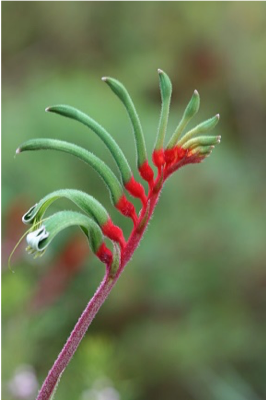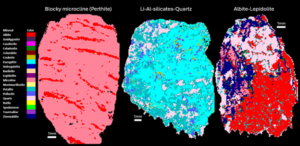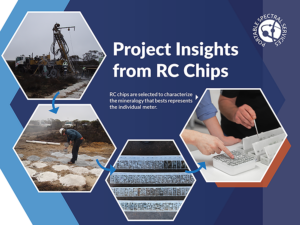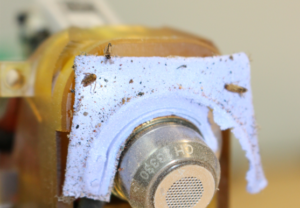
A Bright Future Ahead
Portable Spectral Services Announces Exciting Management Transition
Sampling materials correctly can be the difference between substandard and usable results. One basic aspect of sampling for XRF analyses is to ensure samples are dry prior to testing. Wet samples often seriously interfere with readings, making results uncertain and consequently unreliable.
This case study will demonstrate the difference between wet and dry sampling, with a focus on soil samples.
Two bags of soil were used for testing, one from the base of a kangaroo paw and the other from a grevillea. The soil in both bags were found to be damp from recent rainfall at the site of the sampling.
To demonstrate the difference between wet and dry sampling, the soil was cupped and tested from both bags in its damp state. A handheld Bruker S1 TITAN 800 XRF was used to test the soil in geoexploration mode for one minute per sample.
Some soil from each bag was left to sun dry for a week before re-testing under the same experimental conditions as conducted for the wet samples.
The disparities between wet and dry are undeniable significant, as shown in table 1 and graph 1. To rely on the wet sample data would result in skewed findings.
Table 1: Grevillea Soil Wet/Dry Comparison (ppm)
| P | S | Ca | Fe | K | |
| Grevillea Wet | 43 | 330 | 5716 | 3529 | 4032 |
| Grevillea Dry | 561 | 1072 | 17575 | 4748 | 7532 |


Table 2: Kangaroo Paw Soil Wet/Dry Comparison (ppm)
| P | S | Ca | Fe | K | |
| Kangaroo Paw Wet | 0 | 0 | 1339 | 1535 | 7191 |
| Kangaroo Paw Dry | 101 | 9 | 2092 | 1681 | 7496 |


Several of the lighter main elements showed the largest variation between wet and dry, including phosphorus, sulphur, calcium, iron, and potassium (Table 1 and 2). The kangaroo paw has less variation between the data from wet to dry, however, the calcium value for the dry sample is considerably higher than the wet.
The presence of moisture cause the systematic under reporting of elements. This may be a result of the water molecules diffracting the incident energy, reducing the amount that interacts with the soil sample and is subsequently detected by the XRF instrument (Wines H, Luther J., 2018).
In conclusion, moisture in XRF samples can have a significant impact on the quality of the data. Therefore, it is an important to collect dry samples or to dry samples prior to analysis to obtain reliable results.
For more information, please refer to:
Wines H, Luther J., The Effects of Moisture on X-Ray Fluorescence Spectrometry, James Madison University, Available at: https://justjournal.org/

Portable Spectral Services Announces Exciting Management Transition

Our tool introduces uXRF (micro-X-ray fluorescence) scanning technology to RC chip analysis, enabling rapid, non-destructive, and quantitative analysis of major, minor, and trace mineral phases.

Automated micro-X-ray fluorescence (micro XRF) technology emerges as a powerful tool to rapidly and accurately capture the mineralogy of rock chip, RC and AC samples.

Findings of an ongoing regional evaluation study over concealed Proterozoic lithologies known to host magmatic nickel sulphides with potential to host other base-metal, gold and rare earth elements (“REE”) systems within the Fraser Range, Western Australia.

Findings of an ongoing regional evaluation study over concealed Proterozoic lithologies known to host magmatic nickel sulphides with potential to host other base-metal, gold and rare earth elements (“REE”) systems within the Fraser Range, Western Australia.

Findings of an ongoing regional evaluation study over concealed Proterozoic lithologies known to host magmatic nickel sulphides with potential to host other base-metal, gold and rare earth elements (“REE”) systems within the Fraser Range, Western Australia.
